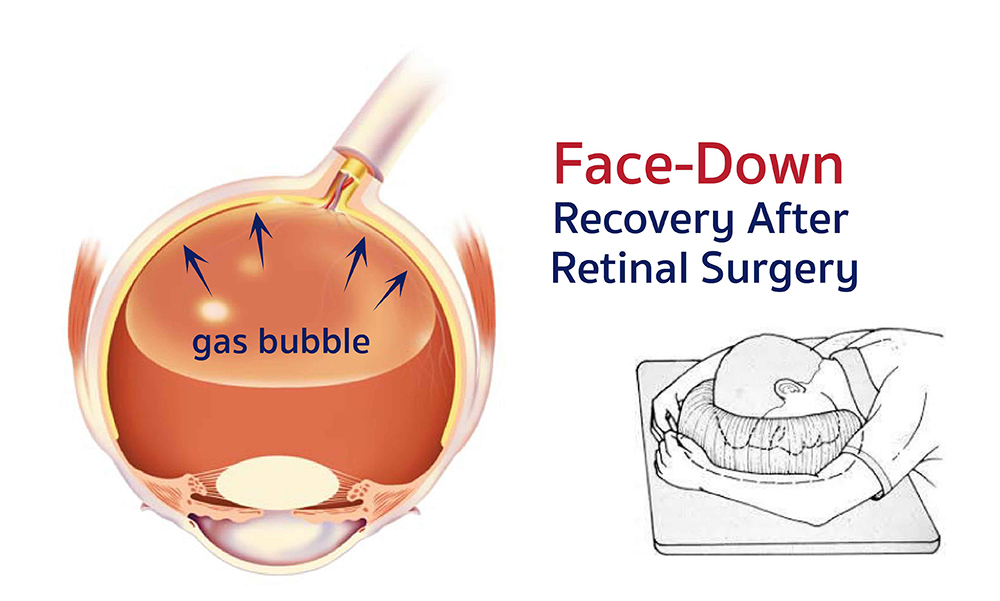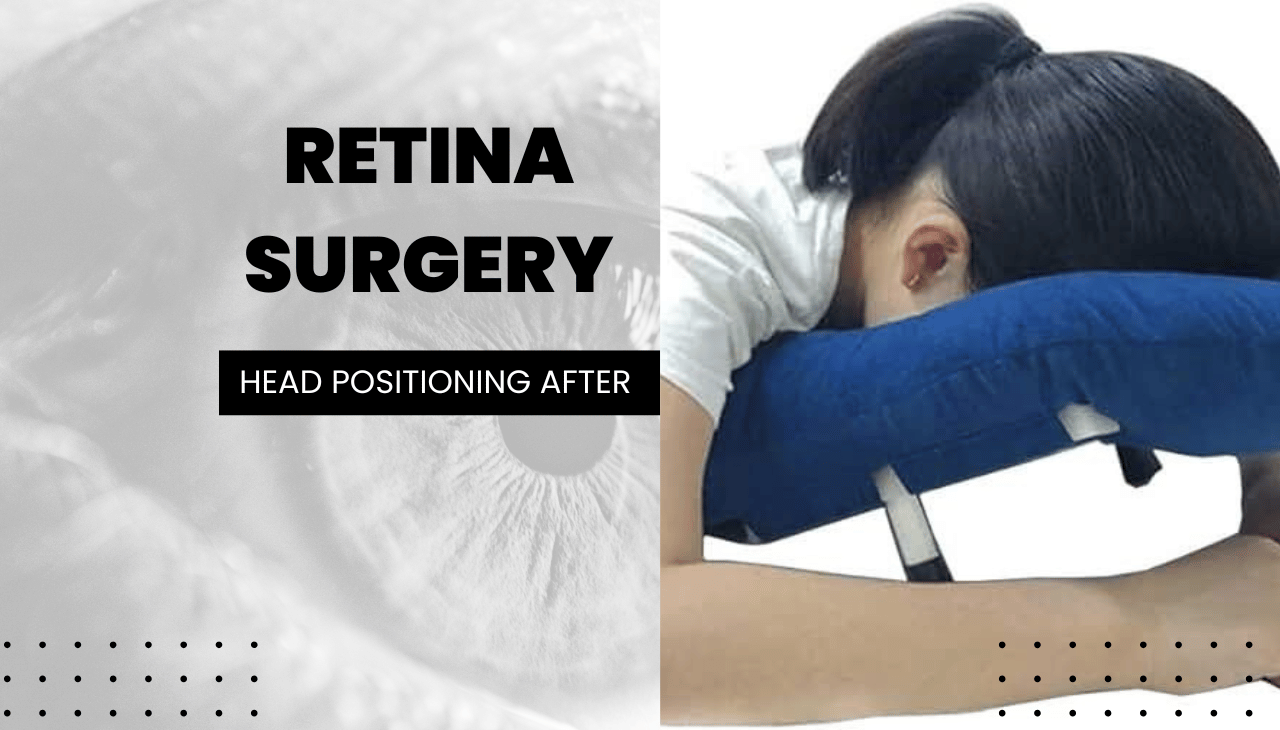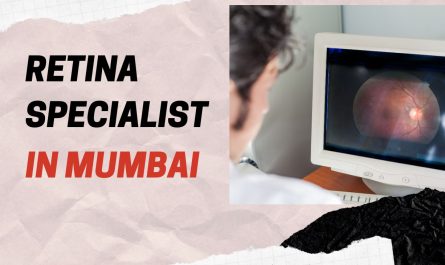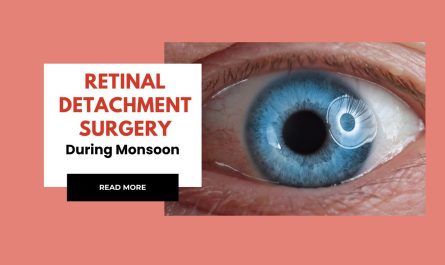Retina surgery can restore or preserve your vision. But what happens after the surgery is just as important. One critical factor that plays a major role in your recovery is head positioning.
Proper head positioning helps the retina heal in the right place. It also supports the effectiveness of the gas bubble or silicone oil used in many retinal procedures. This blog explains why head positioning matters, how it works, and what you need to do during your recovery phase to protect your eyesight.
We’ll cover the basics, what symptoms and concerns to expect, best practices, and expert advice. If you or a loved one is scheduled for retina surgery, this guide will help you prepare better for the days that follow.
What Is Head Positioning and Why It Matters in Retina Surgery

Retina surgery is often used to treat retinal detachment, macular holes, or diabetic retinopathy. In many of these cases, the surgeon places a gas bubble or silicone oil in your eye to hold the retina in place as it heals.
This is where head positioning comes in.
The bubble floats and presses gently against the retina from the inside. To keep it in the right spot, you have to keep your head at a specific angle—usually face down or on one side. This helps the retina reattach properly and reduces the risk of complications.
Head positioning is not optional. It’s part of your treatment plan. Incorrect posture can reduce the success rate of the surgery and affect your final vision outcome.
Common Concerns After Retina Surgery
Post-operative recovery is different for every patient. Some people find the head positioning uncomfortable or difficult, especially for long hours or during sleep.
Here are some common challenges and what they mean:
- Neck and back pain: Maintaining a face-down position can strain your muscles.
- Sleep disturbance: You may have to sleep in an unusual posture.
- Limited mobility: Normal activities are restricted while you’re healing.
- Anxiety or frustration: Following strict instructions can be stressful.
Despite these challenges, following your surgeon’s instructions is crucial. Most patients need to maintain specific positioning for 1 to 2 weeks, depending on the surgery and healing response.
Best Practices for Proper Head Positioning
Your surgeon will give you clear instructions. Here are some general tips that can help:
1. Face-down Positioning
If you’re advised to keep your face down:
- Use a face-down support pillow.
- Sit at a table and rest your head on a soft surface with a cut-out.
- Rent or purchase a face-down chair if needed.
2. Side Positioning
If you’re told to lie on one side:
- Place pillows around your body to prevent rolling over.
- Avoid lying on your back unless approved.
3. Use Timers and Take Breaks
- Set alarms to check posture regularly.
- Take brief breaks to stretch your back and neck without changing the angle of your head.
4. Ask for Support
- Family members can help you maintain the correct position.
- Professional caregivers may be available if needed.
Your posture will depend on the location of the retinal tear and the position of the gas bubble. Always confirm the recommended positioning with your ophthalmologist.
Expert Tips for Better Recovery
- Start preparing early: Arrange pillows, chairs, and other aids before the surgery.
- Be consistent: Even brief lapses can reduce the effectiveness of the gas bubble.
- Stay hydrated and eat light meals: This helps reduce bloating and discomfort while lying down.
- Keep follow-up appointments: Regular monitoring is important to track healing.
- Avoid air travel: If a gas bubble was used, flying can increase pressure in the eye.
Some patients are tempted to relax the rules once pain subsides. Don’t. The retina needs time to reattach fully. Even if you feel better, follow the schedule provided by your retina specialist.
How Long Does the Recovery Take After Retina Surgery?

Recovery timelines vary based on the type of retina surgery, the severity of the condition, and how well you follow post-operative instructions—especially head positioning. In most cases, patients are advised to maintain specific head posture for one to two weeks. This helps the gas bubble or silicone oil used in the eye stay in the correct place to support retinal reattachment. The full visual recovery may take several weeks to a few months. While some vision may return quickly, complete improvement happens gradually. It’s important to remember that recovery doesn’t mean just feeling better; it also means allowing the retina to heal structurally. Any strain, eye rubbing, or non-compliance with posture can delay healing or lead to complications. Regular follow-up visits are scheduled to monitor progress, adjust instructions, and determine when the gas bubble dissolves or when additional steps are needed. Patience and discipline are key during this period. Avoid lifting heavy objects, strenuous activity, and unnecessary screen time. With consistent care, most patients can resume normal daily tasks within a few weeks, though final vision outcomes depend on multiple factors. Listening to your surgeon’s advice will make a major difference in your healing journey.
Can Technology Help With Head Positioning?
Yes, modern recovery aids can significantly ease the burden of maintaining proper head posture after retina surgery. Many patients find it difficult to stay face-down or side-positioned for extended periods, which is why special recovery equipment has been developed. Face-down support systems include ergonomic chairs, massage-style headrests, and padded cushions that allow patients to sit, rest, or sleep while keeping their heads in the correct position. Some systems even include mirrors that let you watch TV or talk to others while remaining face-down. Portable face-down chairs with adjustable heights are available for rent or purchase and can make your recovery far more manageable. Additionally, wearable posture monitors and mobile apps can alert you if your head angle shifts too far from the recommended position. These small technological tools play a huge role in ensuring adherence to medical instructions without putting unnecessary strain on the patient. Hospitals and clinics often guide patients to these resources before surgery. If you’re worried about comfort or practicality, ask your ophthalmologist or hospital support team about recovery equipment and setup tips at home. The goal is to protect your vision while also making the healing process physically bearable.
Consultation and Expert Care at Laxmi Eye Hospital
Laxmi Eye Hospital is one of Mumbai’s most trusted eye care institutions. With over 30 years of excellence, it offers expert care for all types of retinal surgeries and post-operative recovery.
Their team includes experienced retinal surgeons and trained support staff to help you through every phase—from diagnosis to full recovery. Whether you need retina surgery, LASIK, cataract treatment, or glaucoma management, Laxmi Eye Institute ensures advanced care using the latest technologies.
Locations for Consultation:
- Dombivli
Laxmi Eye Clinic, 1st Floor, SS Business Park, Gharda Circle, Azde Gaon, Dombivli East, Mumbai 421201 - Kharghar
Office 108–110, Anant CHS, Plot 31, Sector 04, Kharghar, Navi Mumbai 410210 - Panvel
Laxmi Eye Hospital & Institute, Mulla Hamid Rd, Old Panvel, Navi Mumbai 410206 - Kamothe
Shop No. 26/27, Near ICICI Bank, Pratik Gardens, Plot 153–165, Sector 34, Kamothe, Navi Mumbai 410209
Book an appointment directly through their official website or visit your nearest branch for consultation.
FAQs on Head Positioning After Retina Surgery
1. Why do I need to keep my head down after retina surgery?
To keep the gas bubble in contact with the retina and allow proper healing.
2. How long will I need to maintain head positioning?
Typically 1–2 weeks, but your doctor will advise based on your recovery.
3. Can I sleep normally after retina surgery?
No. You’ll need to sleep in the recommended position. Special pillows can help.
4. What if I accidentally change my head position?
Brief lapses are usually not serious, but repeated movements can impact healing. Inform your doctor.
5. Is head positioning required for all retina surgeries?
Not always. It depends on the surgery type and whether a gas or oil bubble was used.
6. Can I travel during this recovery period?
Avoid air travel if a gas bubble was used. It can cause dangerous pressure changes.
7. What can I do to make positioning more comfortable?
Use face-down chairs, headrest cushions, and get help from caregivers if needed.
8. Will I regain full vision after the surgery?
It depends on the extent of damage before surgery and how well you follow post-op instructions.
Final Thoughts
Head positioning after retina surgery is not just a recommendation—it’s a critical part of your recovery. It supports the retina in healing correctly, helps reduce complications, and improves your chances of better vision.
Stick to the positioning plan, ask for help when needed, and don’t skip follow-ups. With proper care and support, recovery becomes smoother.
Laxmi Eye Hospital’s retina experts are here to guide you every step of the way. If you or a loved one are preparing for or recovering from retina surgery, consult with their specialists for the best outcomes.



